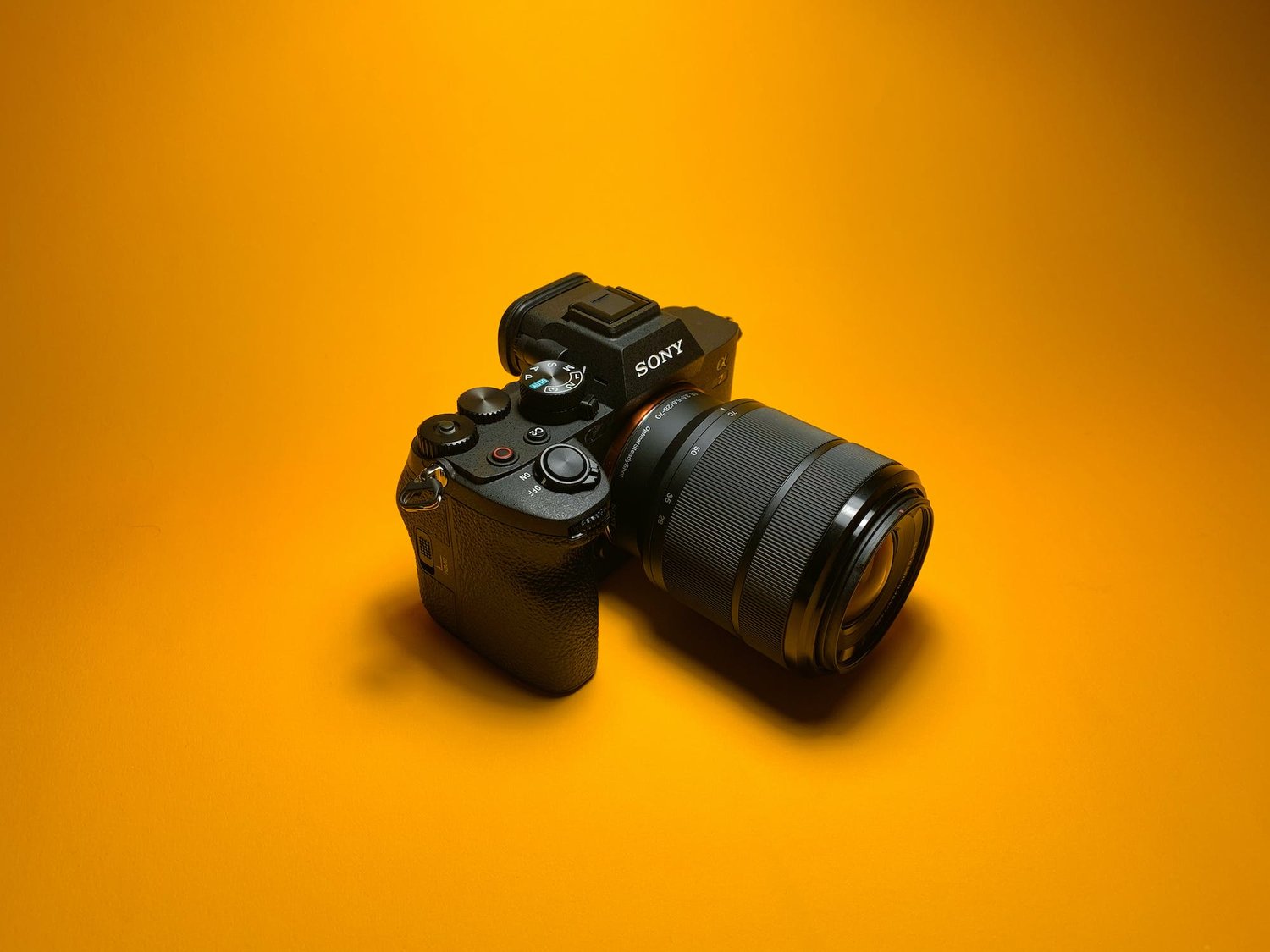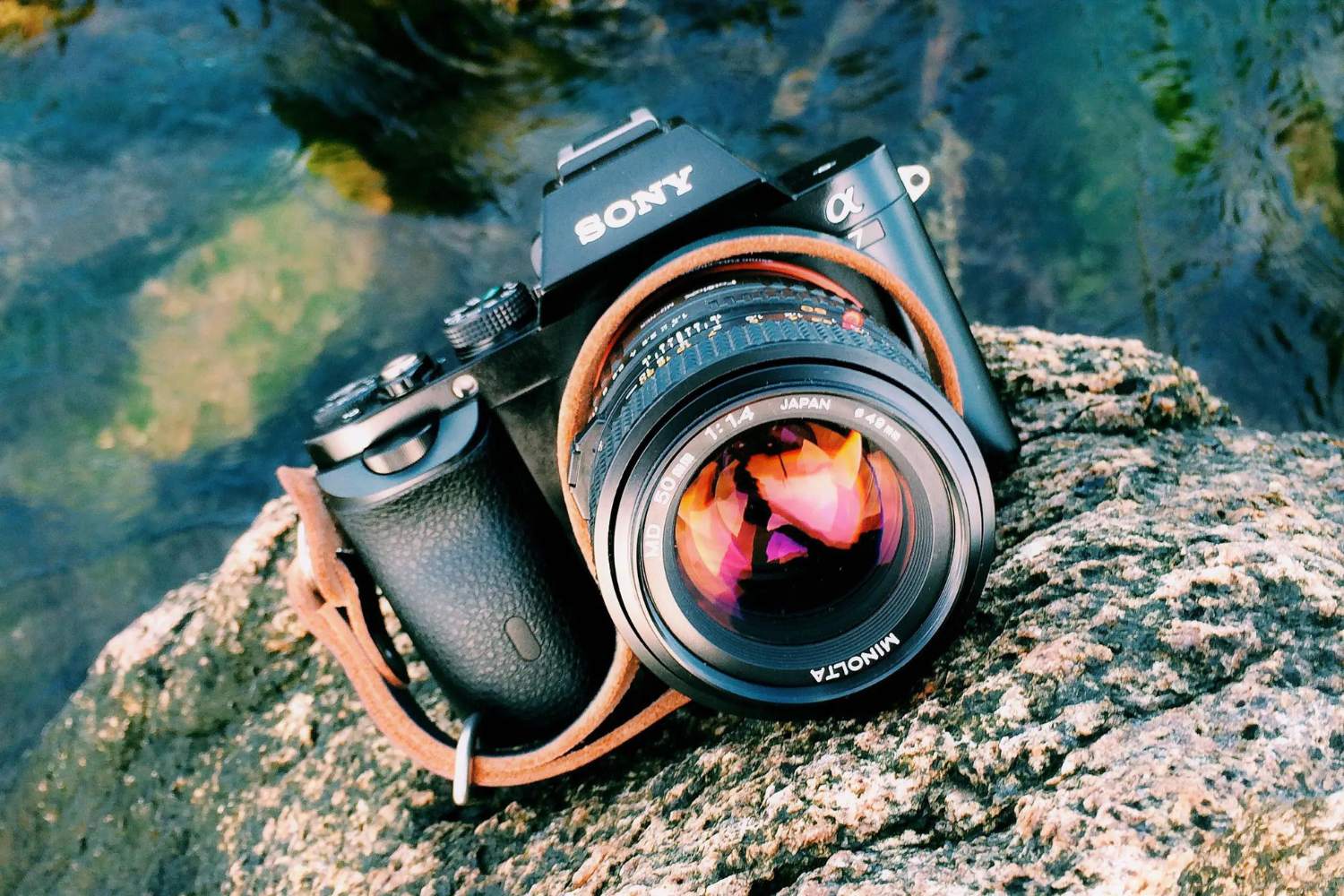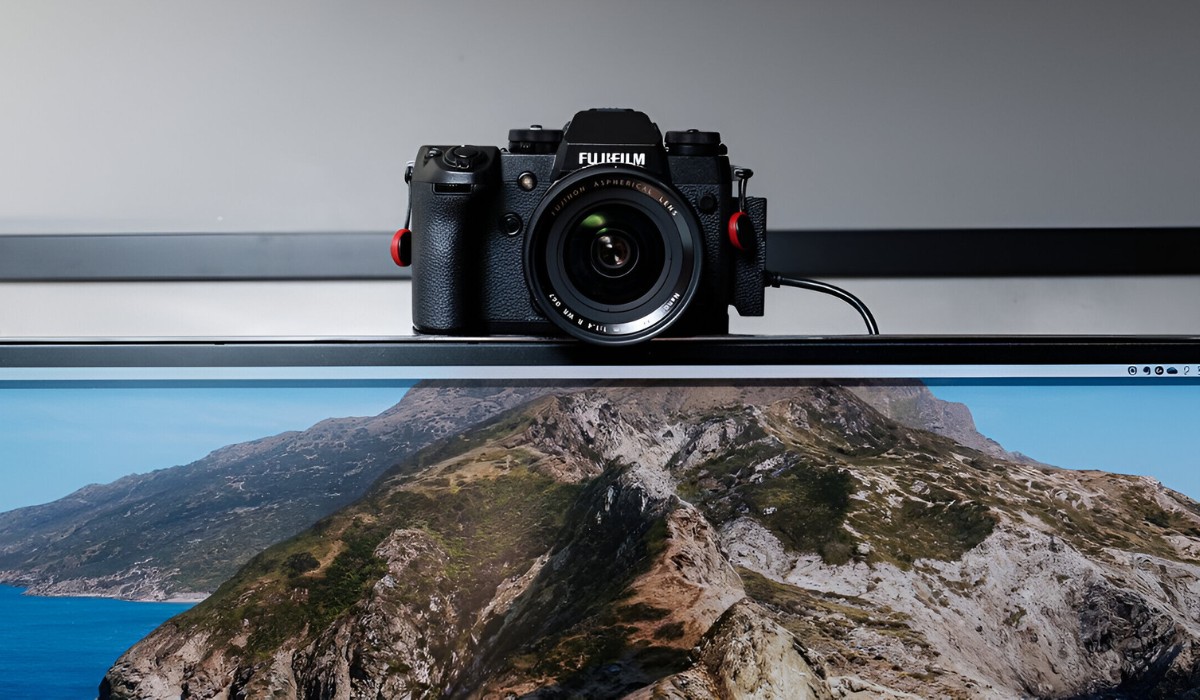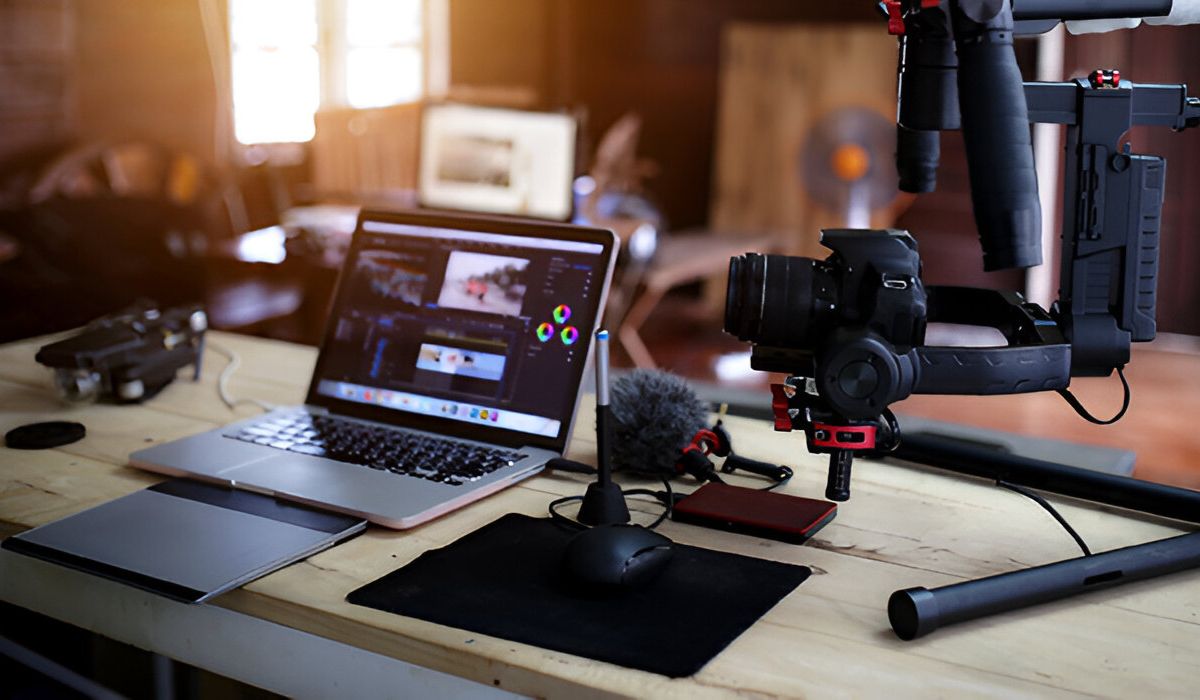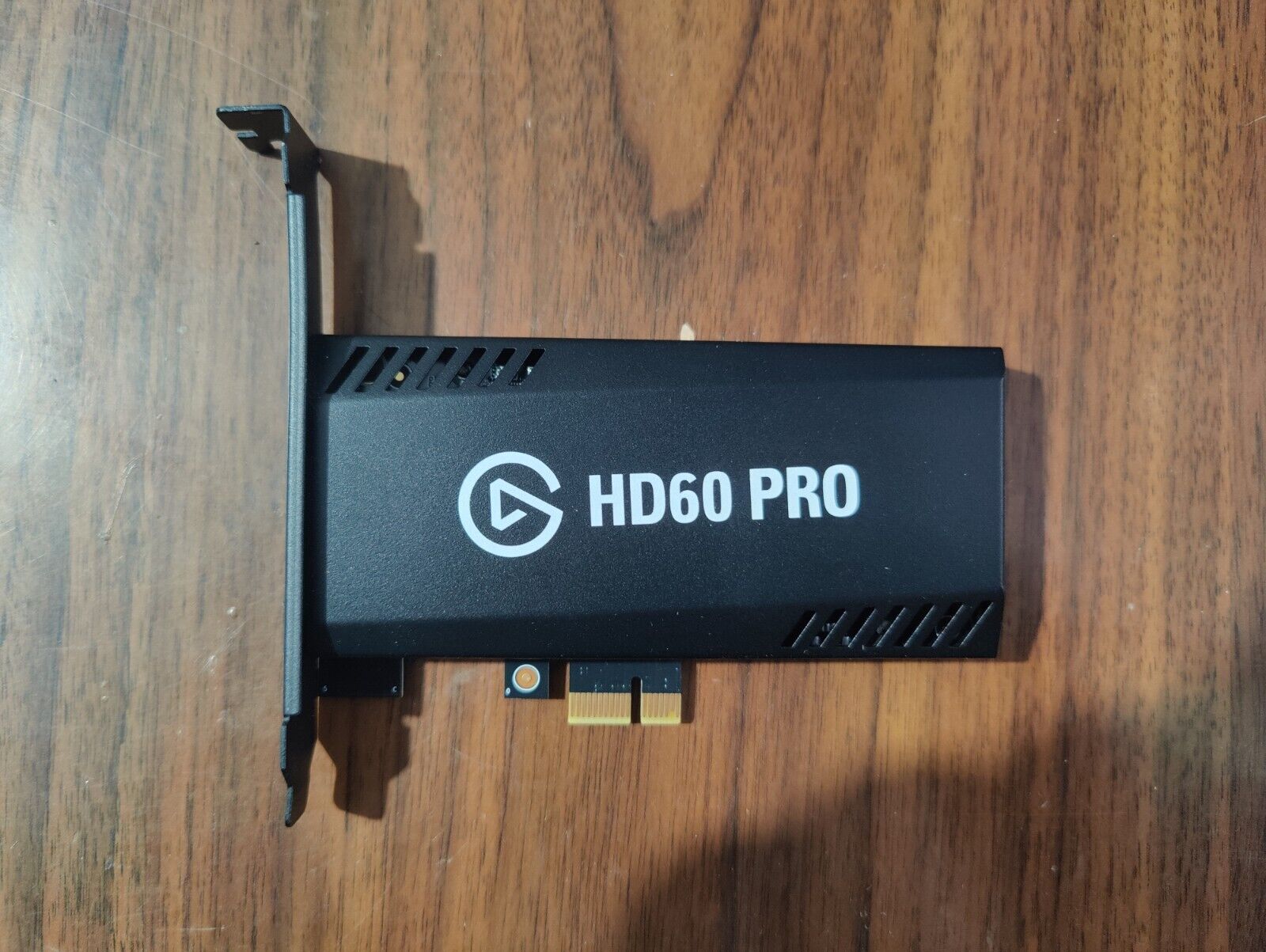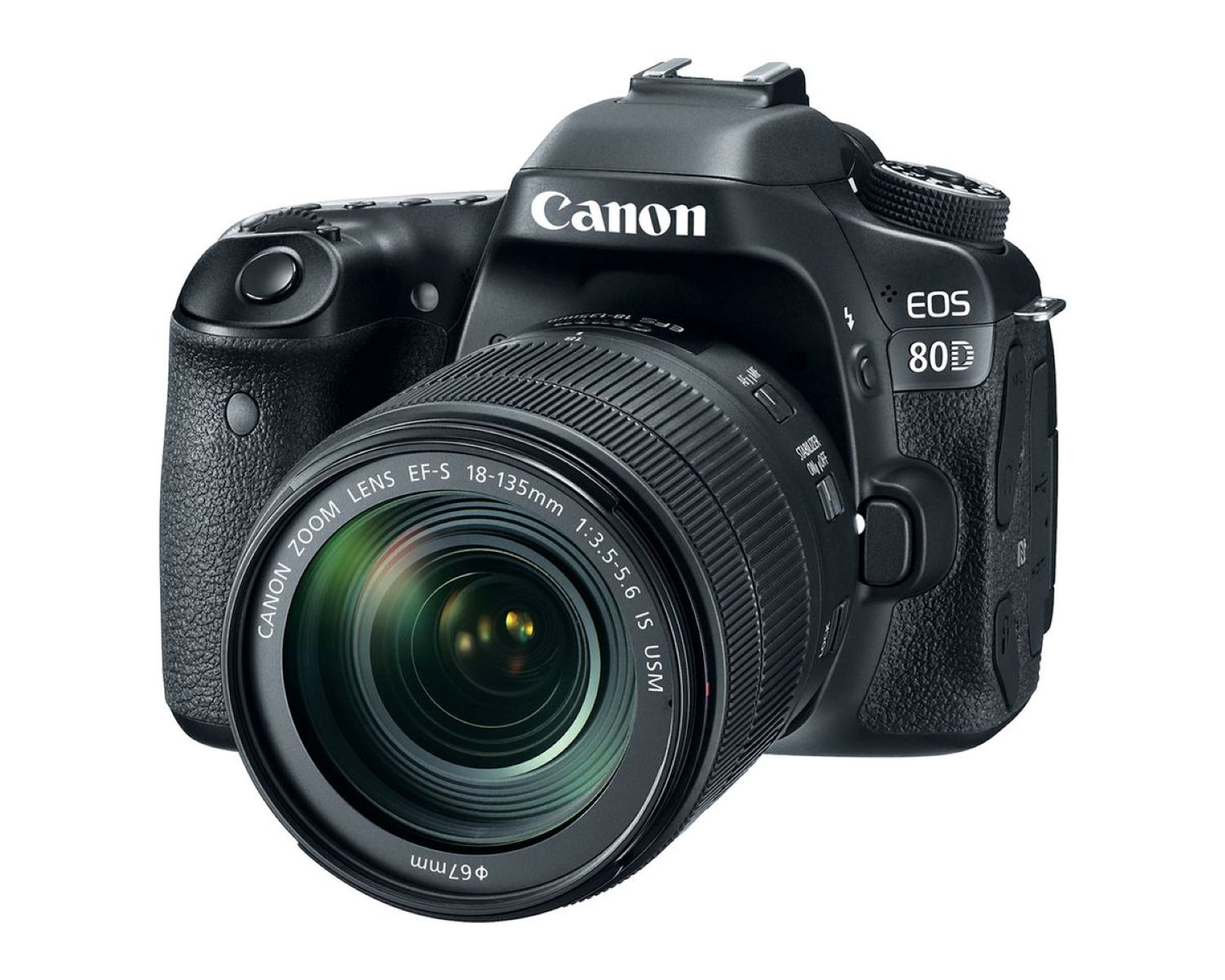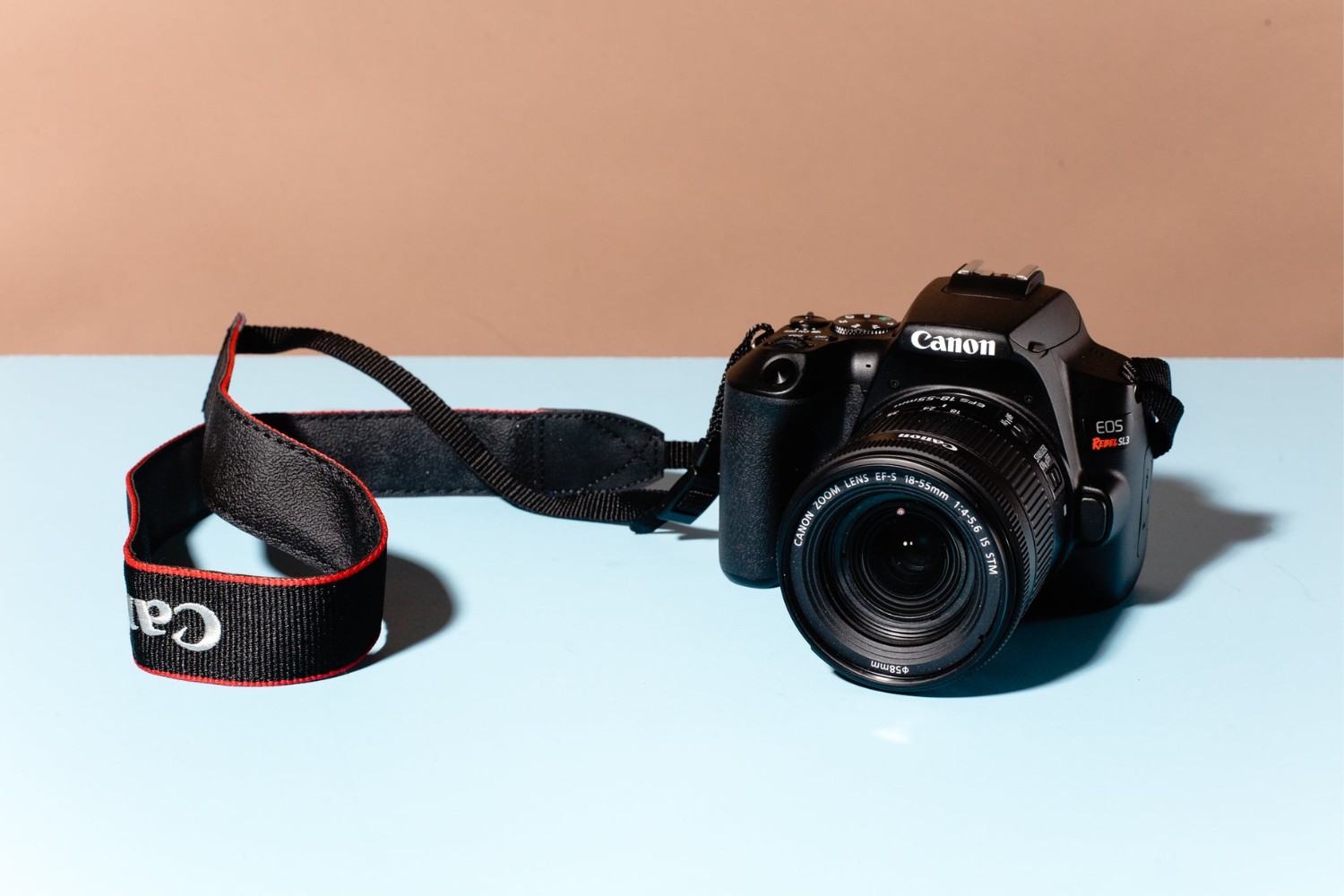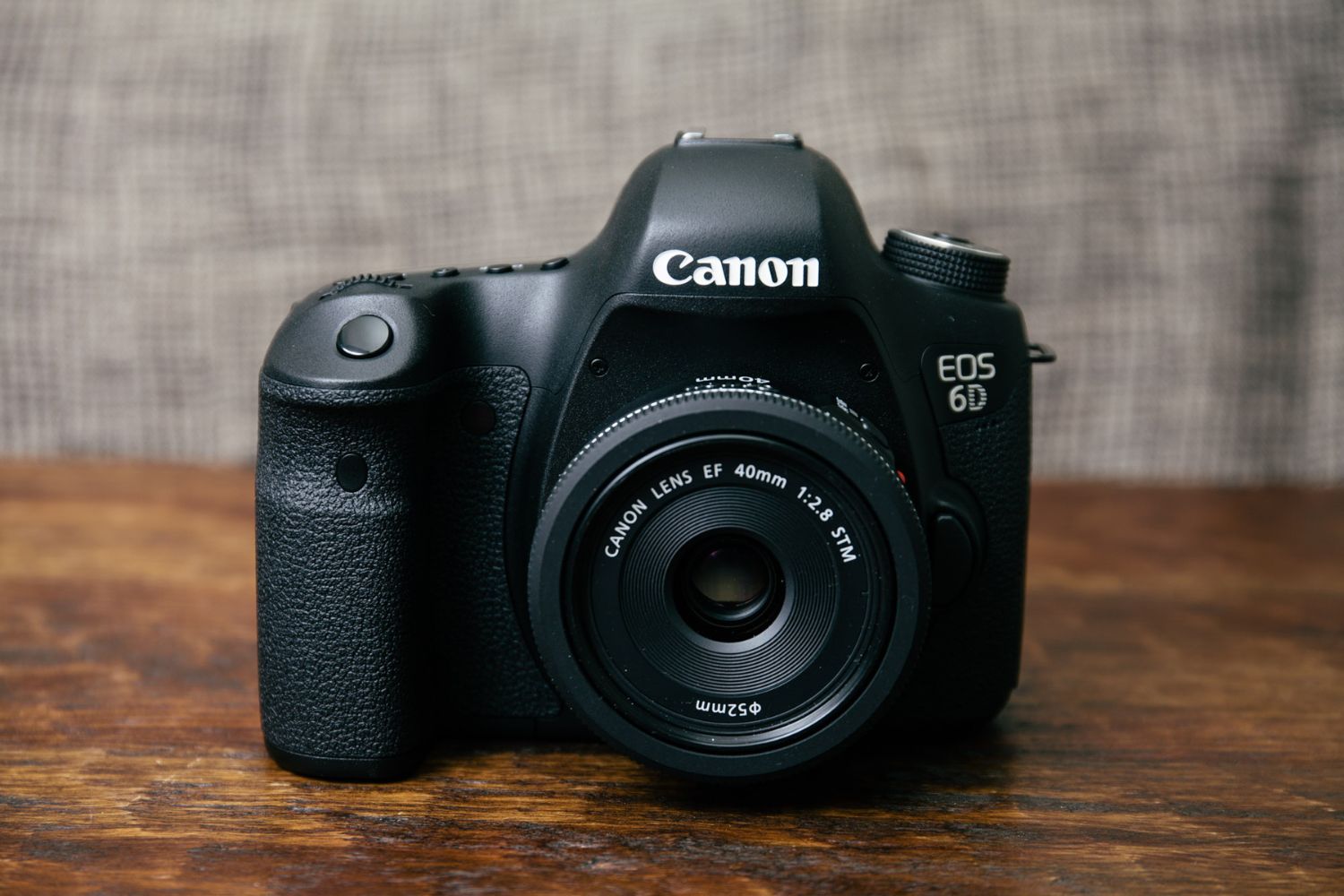Introduction
Welcome to the captivating world of photography, where creativity meets technology to capture life’s most precious moments. In this digital age, the art of photography has evolved tremendously, and one of the most significant advancements in this field is the introduction of DSLR cameras. Whether you’re a professional photographer, an aspiring enthusiast, or simply someone who appreciates high-quality images, understanding the fundamentals of DSLR cameras is essential for harnessing their full potential.
With their remarkable versatility, exceptional image quality, and advanced features, DSLR cameras have revolutionized the way we perceive and capture the world around us. From stunning landscapes to captivating portraits, these powerful devices empower photographers to unleash their artistic vision and produce breathtaking imagery.
Throughout this exploration, we will delve into the inner workings of DSLR cameras, uncover their unique advantages and disadvantages, and shed light on the common features that make them indispensable tools for photographers. By the end of this journey, you will gain a comprehensive understanding of what sets DSLR cameras apart and why they continue to be a preferred choice for professionals and enthusiasts alike.
What Does DSLR Stand For?
DSLR stands for “Digital Single-Lens Reflex.” Let’s break down this technical jargon to unveil the essence of this remarkable photographic tool. The “digital” component signifies that DSLR cameras utilize digital sensors to capture images, replacing traditional film with advanced electronic technology. This transition to digital imaging has revolutionized photography, offering greater flexibility, instant feedback, and the capacity to store a vast number of high-resolution images.
The “single-lens” aspect refers to the design of the camera, which integrates a single lens for both viewing and capturing images. This unified approach allows photographers to preview the scene through the same lens that will ultimately record the image, ensuring precise composition and accurate focus.
The “reflex” mechanism is a defining feature of DSLR cameras, enabling the use of a mirror and prism system to reflect light from the lens into an optical viewfinder. When the shutter is released, the mirror momentarily flips up, allowing light to reach the image sensor and capture the photograph. This intricate reflex system provides photographers with a real-time, through-the-lens view of the scene, empowering them to make precise adjustments and anticipate the final image with unparalleled accuracy.
By combining these elements, DSLR cameras offer a seamless fusion of cutting-edge digital technology and time-honored optical principles, culminating in a sophisticated imaging tool that delivers exceptional performance and versatility.
How Does a DSLR Camera Work?
Understanding the inner workings of a DSLR camera unveils the intricate process that unfolds with each click of the shutter. At the heart of a DSLR camera is its single-lens reflex mechanism, which governs the fundamental principles of light, optics, and digital imaging.
When the photographer peers through the viewfinder, the light entering the camera’s lens is reflected by a mirror angled at 45 degrees. This mirror directs the light upward to a focusing screen and pentaprism, which then redirects the image to the optical viewfinder. This optical pathway provides the photographer with a real-time, through-the-lens view of the scene, allowing for precise composition and focus adjustments.
As the shutter release is pressed, the mirror swiftly retracts, allowing the light to reach the image sensor. The sensor captures the incoming light, converting it into a digital signal that forms the basis of the final image. This seamless transition from optical preview to digital capture is a hallmark of DSLR cameras, offering photographers unparalleled control and accuracy in their image-making process.
Furthermore, the interchangeable lens system of DSLR cameras empowers photographers to select lenses tailored to specific shooting scenarios, whether it be expansive landscapes, intimate portraits, or fast-paced action. This adaptability ensures that photographers can achieve their desired visual expression with precision and creativity.
With each component working in harmony, from the reflex mirror to the image sensor and interchangeable lenses, a DSLR camera embodies the seamless integration of optical precision and digital innovation, culminating in a powerful tool that empowers photographers to transform their creative vision into stunning imagery.
Advantages of Using a DSLR Camera
DSLR cameras offer a myriad of advantages that set them apart as indispensable tools for photographers seeking exceptional image quality, creative control, and versatility. These advantages encompass various aspects, from optical performance to advanced features, empowering photographers to capture stunning visuals in diverse settings.
- Image Quality: One of the primary advantages of DSLR cameras is their exceptional image quality. Equipped with larger image sensors and superior optics, DSLRs excel in capturing intricate details, vibrant colors, and nuanced textures, resulting in images of unparalleled clarity and depth.
- Interchangeable Lenses: DSLR cameras feature an interchangeable lens system, allowing photographers to select lenses tailored to specific shooting scenarios. This versatility enables a diverse range of creative expressions, from expansive landscapes captured with wide-angle lenses to intimate portraits adorned with beautiful bokeh using prime lenses.
- Optical Viewfinder: The optical viewfinder of a DSLR provides a real-time, through-the-lens preview of the scene, empowering photographers to make precise composition and focus adjustments with unparalleled accuracy.
- Low Light Performance: DSLR cameras excel in low-light conditions, thanks to their larger sensors and advanced noise reduction capabilities. This enables photographers to capture stunning images in dimly lit environments without compromising on image quality.
- Speed and Performance: With swift autofocus systems, high-speed continuous shooting, and minimal shutter lag, DSLR cameras are well-suited for capturing fast-paced action and fleeting moments with precision and clarity.
- Manual Control: DSLR cameras provide extensive manual control over exposure settings, allowing photographers to fine-tune aperture, shutter speed, and ISO to achieve their desired creative vision with precision and control.
These advantages collectively position DSLR cameras as indispensable tools for photographers who demand uncompromising image quality, creative flexibility, and precise control over their photographic endeavors.
Disadvantages of Using a DSLR Camera
While DSLR cameras offer an array of exceptional capabilities, they also come with certain limitations that photographers should consider when evaluating their equipment choices. Understanding these disadvantages can help individuals make informed decisions based on their specific needs and preferences.
- Size and Weight: DSLR cameras are generally larger and heavier than compact cameras and mirrorless alternatives. This bulk can be cumbersome during extended periods of shooting or when portability is a primary concern.
- Complexity: The advanced functionality and extensive array of settings in DSLR cameras can present a steep learning curve for beginners. Navigating through various controls and understanding the intricacies of exposure settings may require time and dedication to master.
- Noisy Operation: The reflex mirror mechanism in DSLR cameras can produce noticeable sound and vibration during operation, which may be disruptive in quiet environments or when discretion is essential.
- Battery Life: DSLR cameras often consume more power due to their complex optical and imaging systems. This can result in shorter battery life compared to more compact camera options, necessitating additional batteries for extended shooting sessions.
- Video Autofocus: While DSLR cameras excel in still photography, their autofocus performance in video mode may not be as seamless as that of dedicated video cameras or mirrorless systems. This can pose challenges for videographers requiring consistent and reliable autofocus during video recording.
- Cost: The initial investment in a DSLR camera and accompanying lenses can be substantial, especially for high-end models and professional-grade optics. This cost consideration may be a deterrent for individuals with budget constraints or those exploring photography as a casual hobby.
By acknowledging these disadvantages, photographers can make informed decisions regarding the suitability of DSLR cameras for their specific photographic needs, weighing the exceptional capabilities of DSLRs against the potential trade-offs inherent in their design and functionality.
Common Features of DSLR Cameras
DSLR cameras encompass a rich array of features that collectively contribute to their exceptional imaging capabilities and versatile functionality. These features are designed to empower photographers with precise control, creative flexibility, and uncompromising performance across diverse shooting scenarios.
- Interchangeable Lenses: A hallmark feature of DSLR cameras is their interchangeable lens system, which allows photographers to select lenses tailored to specific subjects and shooting styles. From wide-angle and telephoto to macro and prime lenses, this versatility enables a broad spectrum of creative expressions.
- Optical Viewfinder: The optical viewfinder provides photographers with a real-time, through-the-lens preview of the scene, facilitating precise composition, focus adjustments, and a direct connection to the subject being photographed.
- Large Image Sensor: DSLR cameras are equipped with larger image sensors compared to compact cameras, enabling enhanced light sensitivity, improved dynamic range, and superior image quality, especially in low-light conditions.
- Manual Controls: DSLR cameras offer extensive manual control over exposure settings, including aperture, shutter speed, and ISO, allowing photographers to fine-tune their creative vision with precision and adapt to changing lighting conditions.
- High-Speed Autofocus: Advanced autofocus systems in DSLR cameras deliver swift and accurate focus acquisition, making them well-suited for capturing fast-moving subjects and ensuring sharp, decisive imagery.
- Customizable Settings: DSLR cameras provide a wealth of customizable settings, including white balance, picture styles, and custom functions, empowering photographers to tailor the camera’s performance to their specific preferences and shooting requirements.
- High-Resolution Displays: Many DSLR cameras feature high-resolution LCD screens for reviewing images, navigating menus, and accessing advanced settings, offering photographers a comprehensive platform for image playback and menu navigation.
- External Flash Compatibility: DSLR cameras often support external flash units, enabling photographers to expand their lighting capabilities and achieve professional-quality illumination for various photographic scenarios.
These common features collectively define the essence of DSLR cameras, positioning them as versatile, high-performance imaging tools that cater to the diverse creative needs and technical demands of photographers across the spectrum of skill levels and photographic pursuits.
Conclusion
Exploring the realm of DSLR cameras unveils a world of unparalleled imaging capabilities, creative empowerment, and technical sophistication. From their exceptional image quality and precise optical viewfinders to their versatile interchangeable lenses and advanced manual controls, DSLR cameras continue to reign as indispensable tools for photographers seeking uncompromising performance and creative flexibility.
While DSLR cameras present certain limitations, such as their bulkier form factor and potential learning curve, their advantages far outweigh these considerations, offering photographers a gateway to boundless creativity, expressive imagery, and technical mastery. As technology continues to evolve, DSLR cameras remain steadfast in their position as reliable, high-performance instruments that cater to the diverse needs of professionals, enthusiasts, and aspiring photographers alike.
Whether capturing breathtaking landscapes, intimate portraits, or dynamic action scenes, the versatility and precision of DSLR cameras empower photographers to transform their creative vision into tangible, captivating imagery. As the art of photography continues to thrive in the digital age, DSLR cameras stand as enduring companions, ready to capture life’s most fleeting moments with uncompromising clarity, depth, and artistry.







